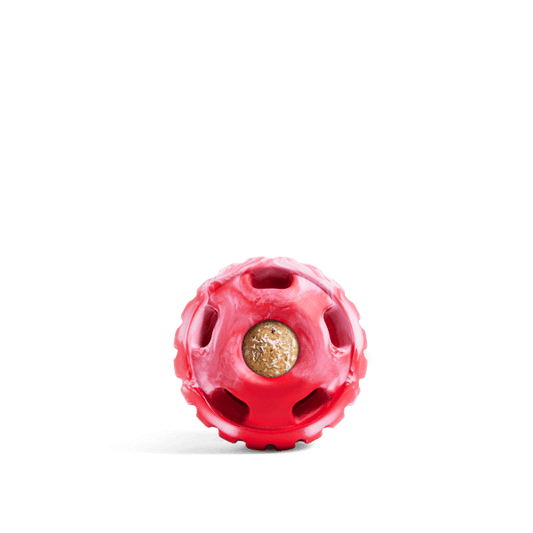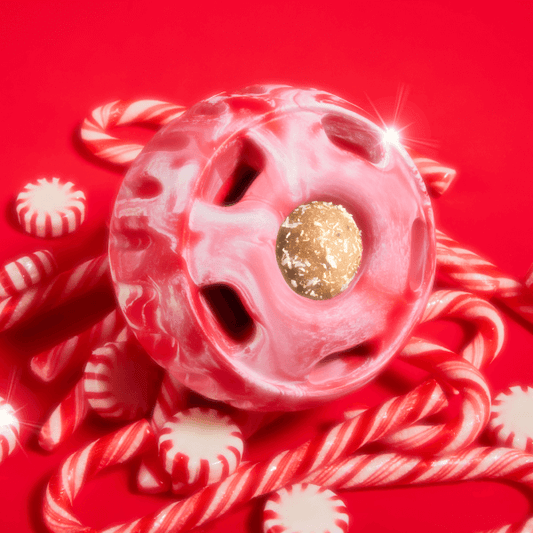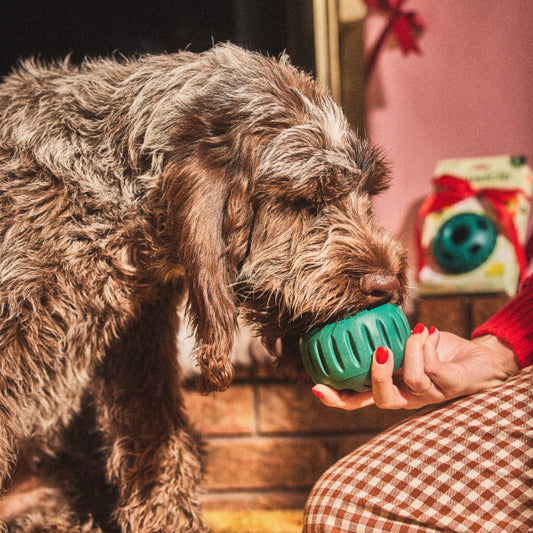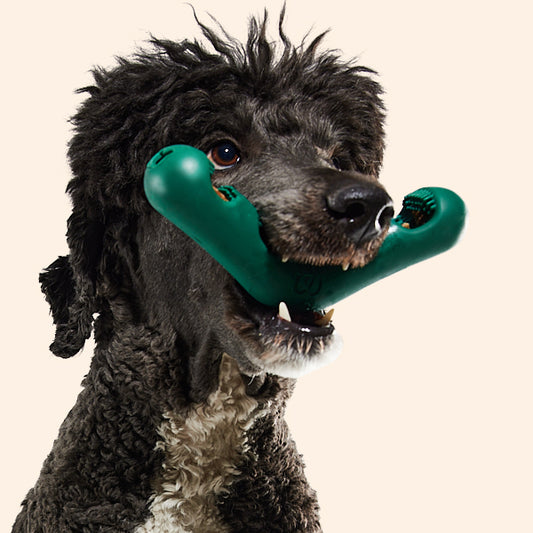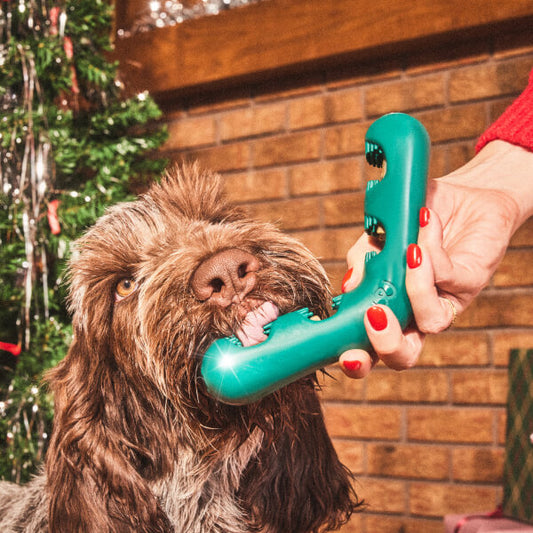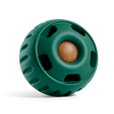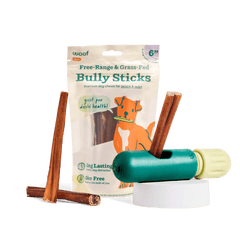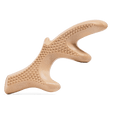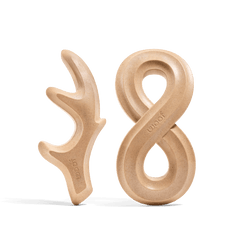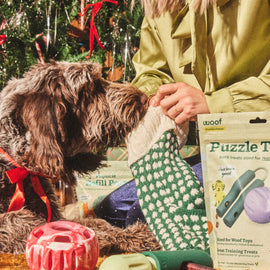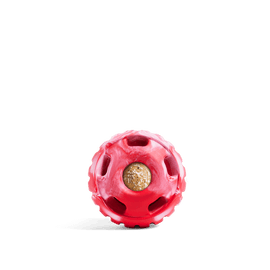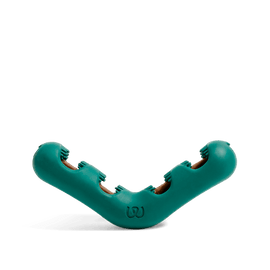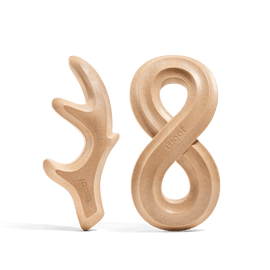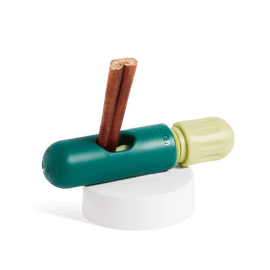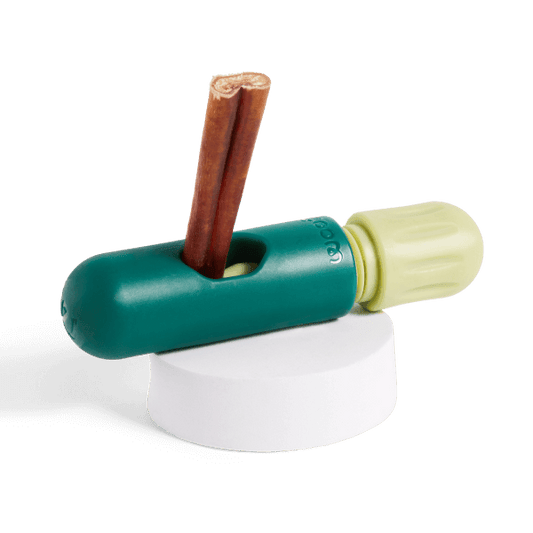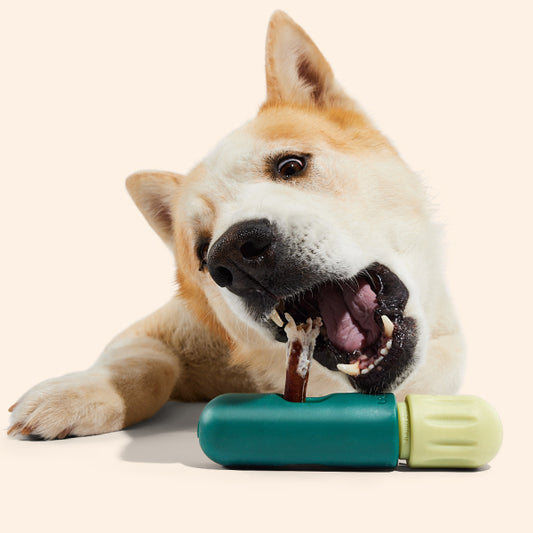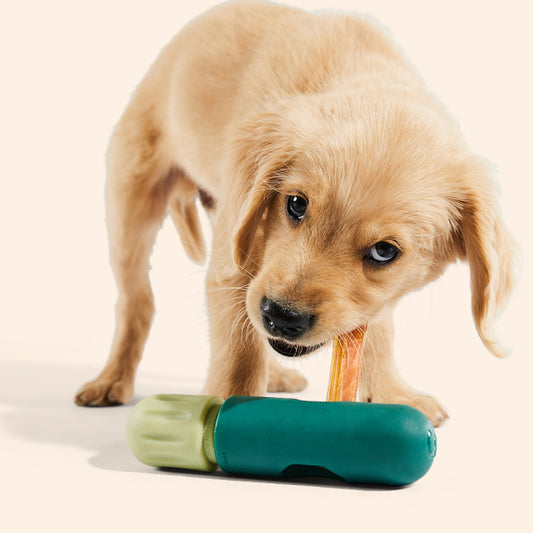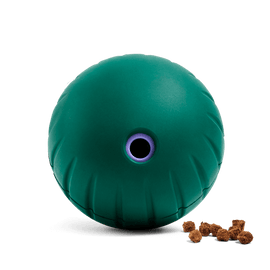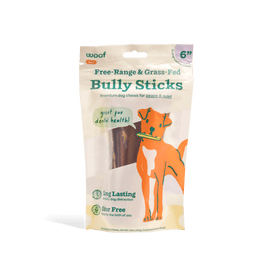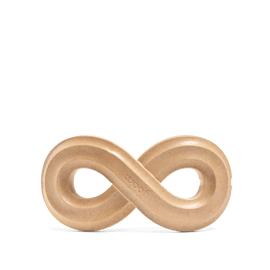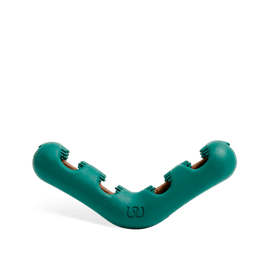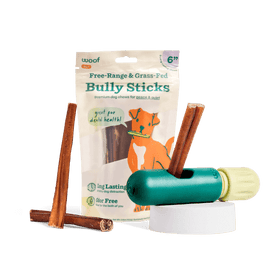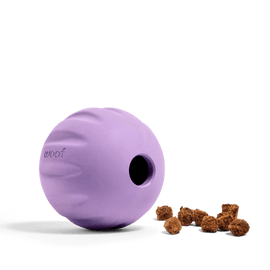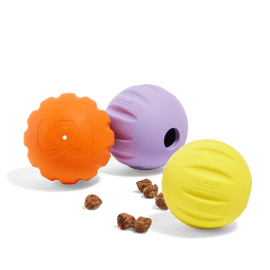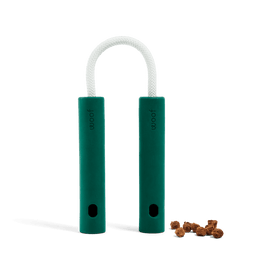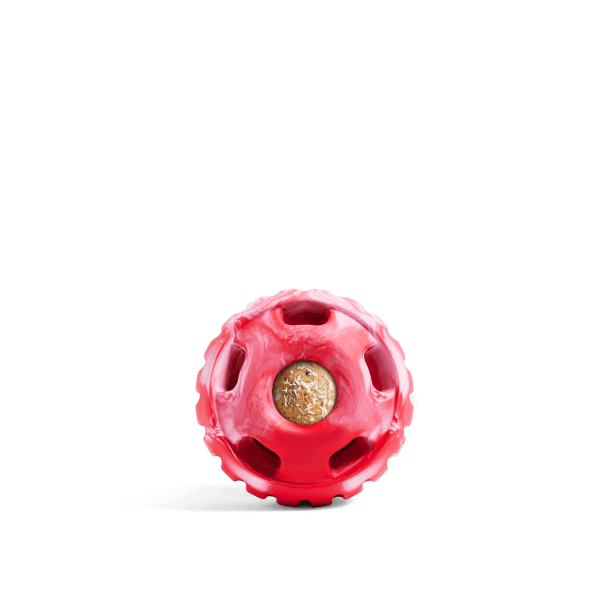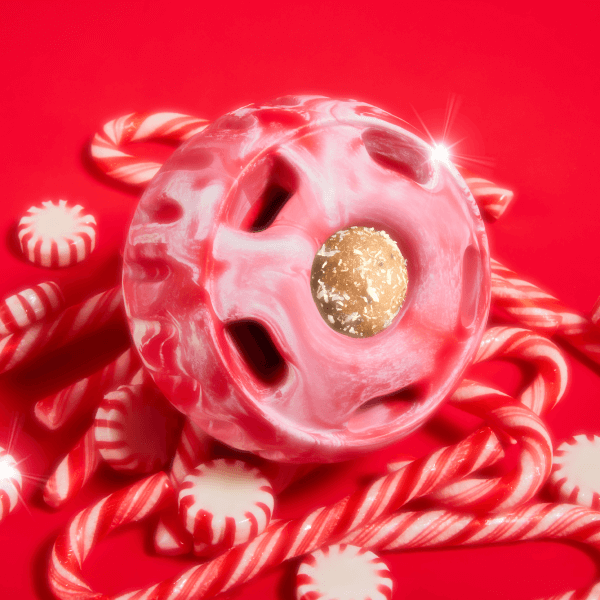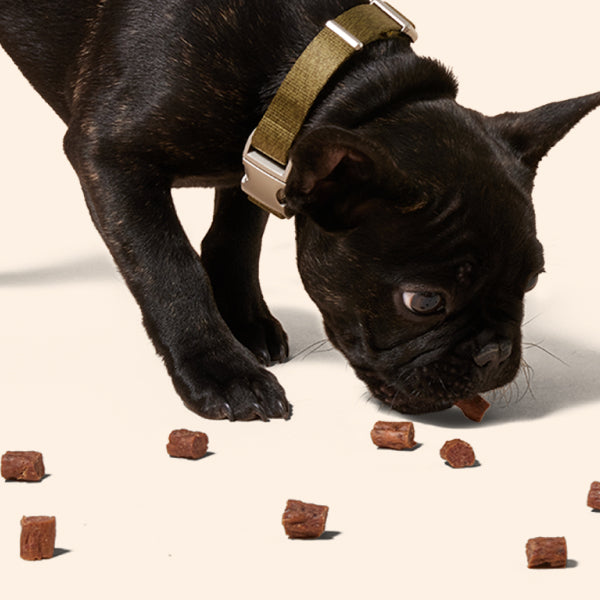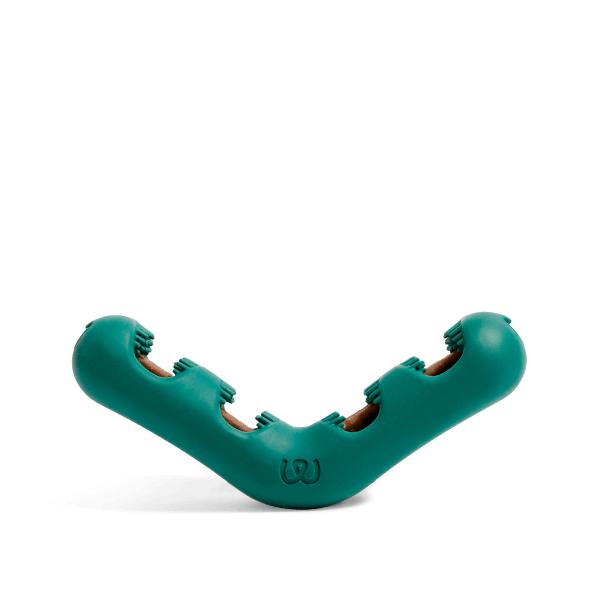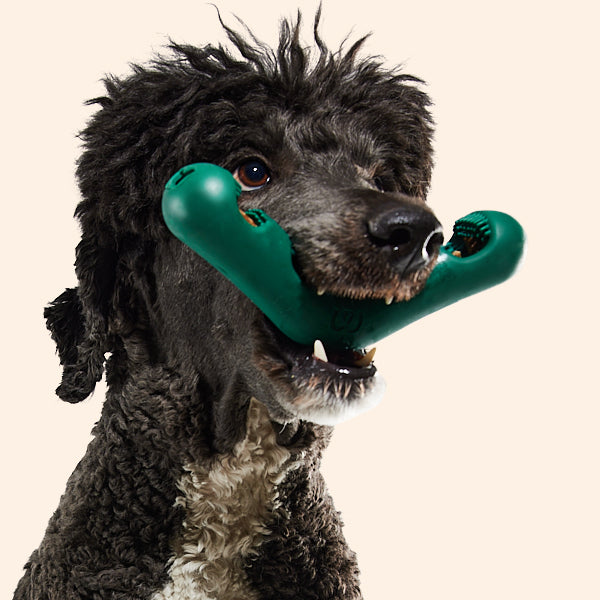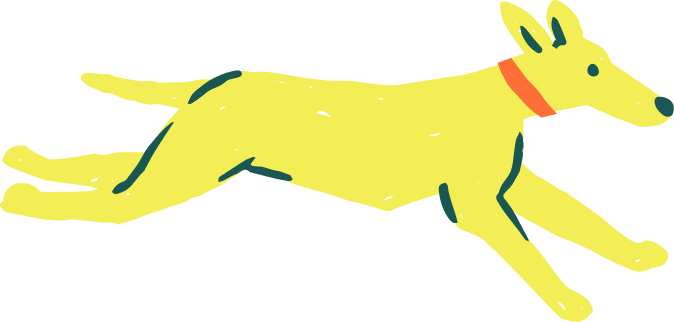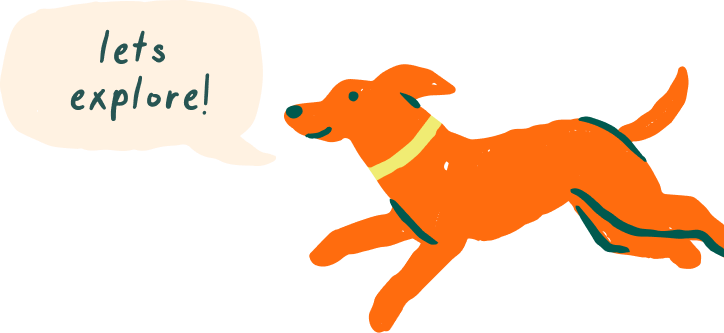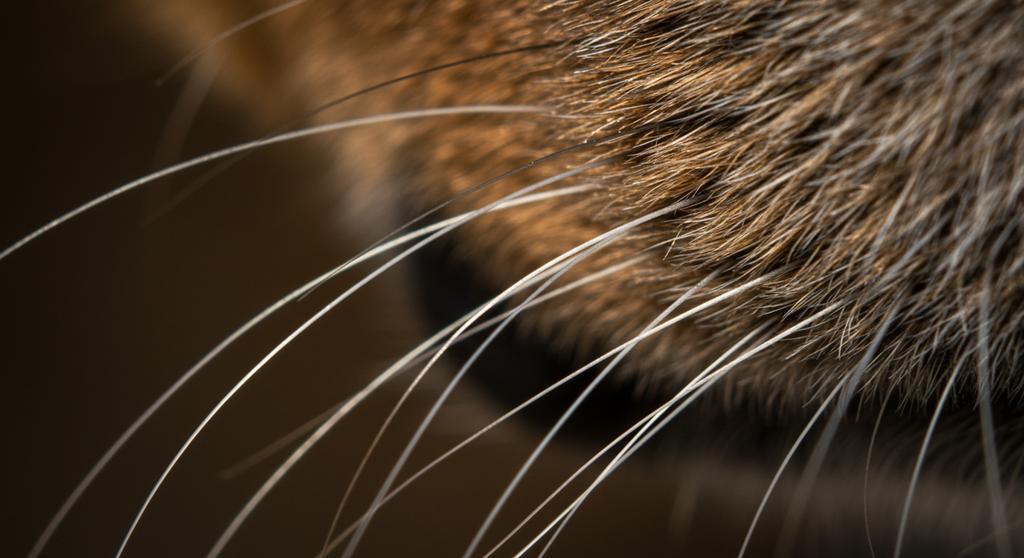
W
e've all seen them – those long, twitchy whiskers on our dogs' faces, often giving them a cute and curious look. But have you ever wondered: why do dogs have whiskers? These tiny sensory tools are more than just an adorable feature of our furry friends; they serve a crucial purpose in helping them navigate the world around them.
Whiskers, also known as vibrissae, are not just for looks – they are specialized hairs that are deeply embedded in your dog’s skin, packed with nerve endings that send sensory information to the brain. Let's dive into the fascinating reasons why these whiskers are so important for your dog!
1. Whiskers Help Dogs Navigate Their Environment
Just like a human might rely on their senses to avoid obstacles in the dark, dogs use their whiskers to sense objects in their immediate surroundings. Whether it’s a doorframe, furniture, or even a small object on the floor, whiskers help dogs measure distances and detect objects, even in low-light situations.
2. Whiskers Are a Communication Tool
Dogs communicate with their whiskers in ways we might not even realize. When they’re feeling curious or alert, their whiskers often move forward, signaling interest or focus. On the other hand, if a dog feels threatened or anxious, their whiskers may flatten against their face, signaling discomfort. It's all part of their emotional expression!
3. Whiskers Provide Safety and Awareness
For dogs, whiskers can act as early warning systems. They are highly sensitive to even the slightest changes in their environment, helping dogs avoid dangers. For example, if a dog is approaching something they can't see clearly, their whiskers can alert them to the presence of an object, potentially preventing injury or harm.
4. Whiskers Enhance Their Sense of Touch
Dogs rely heavily on their sense of touch to understand the world. Whiskers serve as an extension of this sense, allowing them to detect vibrations, air currents, and subtle changes in the environment. This is especially useful for dogs with limited sight or in dark environments, where their whiskers act as an additional sensory tool to gather information.
5. Caring for Your Dog's Whiskers
As important as whiskers are to your dog’s sensory and communication systems, they also need to be treated with care. Avoid cutting or trimming your dog’s whiskers, as this can disorient them and affect their ability to navigate their surroundings. Instead, ensure that they’re kept healthy by maintaining a good grooming routine and keeping their face clean.
At Woof, we understand that taking care of your dog's health and happiness is a priority. That’s why we offer a range of products designed to keep your dog feeling their best, like our The Pupsicle for a cool treat on a warm day, or the Love Nuggets to pamper them with a delicious snack. And if you’re looking for a fun, interactive way to engage with your pup, check out the The Bite n' Brush, designed to keep their teeth clean and their whiskers safe!
6. Final Thoughts on Your Dog's Whiskers
Whiskers play a vital role in your dog’s daily life. They help them understand their environment, express their emotions, and stay safe. Next time you see your dog’s whiskers twitch or flick, remember: it’s not just a random movement, but a piece of their complex communication system in action!
To keep your dog happy and healthy, be sure to check out our Wellness Collection for more ways to pamper your pet. After all, a healthy pup is a happy pup!
